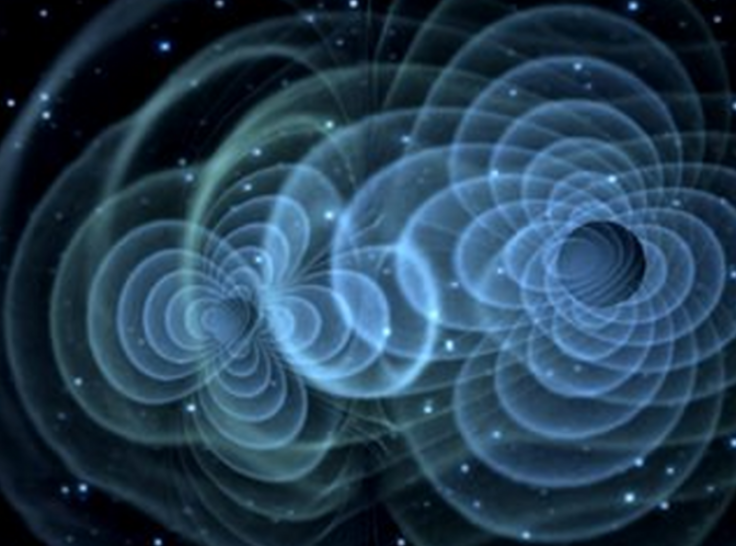PG 1302-102: Supermassive black holes heading for cosmic mega collision in 100,000 years

A pair of supermassive black holes are heading for a cosmic collision so intense it will send gravitational waves hurtling through the fabric of space-time – and this is going to happen far sooner than scientists previously thought. The quasar PG 1302-102 was discovered earlier this year and a team of researchers has now pinpointed its collision course more accurately, with the crash expected any time between 20,000 and 350,000 years from now.
Astronomers from Columbia University used new calculations of the two black holes' mass to decide the collision is most likely to take place in around 100,000 years. When it was first discovered, scientists expected the smash to occur in 250,000 years.
Publishing their findings in the journal Nature, the researchers said the pair are currently circling one another around 3.5 billion light years away from Earth in the Virgo constellation. Before their discovery, the closest pair of black holes were 20 light years from each other. Those in PG 1302-102, however, are separated by just a light week.
Senior author Zoltan Haiman said: "This is the closest we've come to observing two black holes on their way to a massive collision. Watching this process reach its culmination can tell us whether black holes and galaxies grow at the same rate, and ultimately test a fundamental property of space-time: its ability to carry vibrations called gravitational waves, produced in the last, most violent, stage of the merger."

Supermassive black holes are found at the centre of most giant galaxies. They grow over time, consuming the stars, galaxies and other black holes they come across. Matthew Graham, from the California Institute of Technology, recently designed an algorithm to find repeating light signals that characterise a quasar. A single black hole will brighten and dim randomly, but when two are on the verge of colliding, they produce light at regular intervals.
So far scientists have found 20 pairs of black hole candidates, and the team focused on PG 1302-102 because of its brightness. They found it brightened by 14% every five years, which provided scientists with the distance between the pair.
Using this research, the Columbia team built a theoretical model to explain the repeating signal. They said if the black holes were as close as predicted, one had to be circling the other at a tenth of the speed of light. They predicted they would find a five-year cycle in PG 1302-102's ultraviolet emissions – which is exactly what they found. They then estimated the combined and relative mass of the two black holes to narrow down the time scale of the predicted collision.
Researchers now hope to find more colliding black holes and believe they may be able to witness a crash within the next 10 years. This would allow them to study the following gravitational waves predicted by Einstein in his general theory of relativity.
Daniel D'Orazio, lead author of the study, said: "The detection of gravitational waves lets us probe the secrets of gravity and test Einstein's theory in the most extreme environment in our universe –black holes. Getting there is a holy grail of our field."
© Copyright IBTimes 2025. All rights reserved.






















